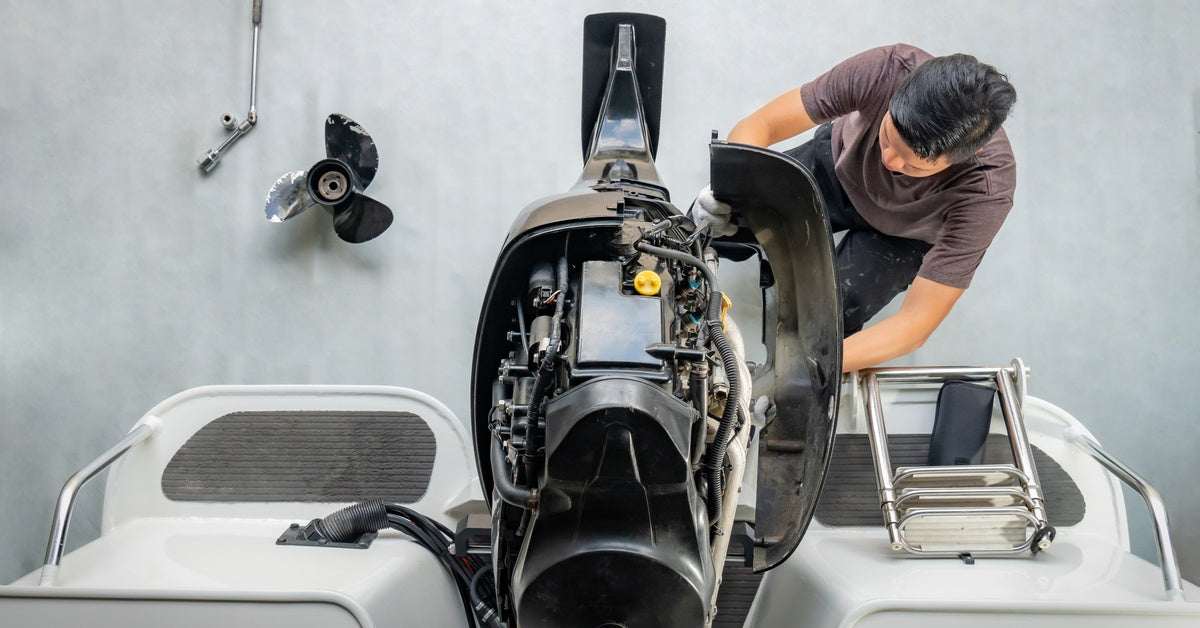
While there are plenty of differences between superchargers and turbochargers, both types of engine modifications are known as forced inducted engines. The goal of this modification is to compress the airflow going into the engine to give it more power and performance. This also allows the engine to use more fuel, giving it greater horsepower and torque.
What Is A Supercharger?
There are different types of superchargers on the market today. The thing they have in common is that they are all belt driven. Each variation comes with slight differences in performance. For example, a centrifugal supercharger contains an impeller, which compresses air and forces it into the engine. This is contrasted against a root supercharger, which often sits on top of the engine. The root supercharger varies in consistency of airflow and is often less "dialed in" than a centrifugal design, which provides smoother airflow. In both cases, the supercharger makes more energy for the engine with the benefit of generating more power than they use. Heat efficiency, power consumption, and several other factors lead to the quality of performance the driver can expect to get out of their supercharger.
What Is a Turbocharger?
The main difference between a turbocharger and a supercharger is that the turbocharger is exhaust driven instead of belt driven. Being exhaust driven, it takes time for the exhaust to turn the turbines within the turbocharger to get it going and begin compressing air. While the disadvantage is that it takes longer to "kick on" the advantage is that turbochargers are more fuel-efficient and are great for smaller engines.
Which Is Better?
Motor heads often debate which of the two is better. The main advantage of the supercharger is instant power, as the belt-driven design activates the device immediately. The drawback, of course, is using power from the engine to create more power for the engine. In contrast, turbochargers are very efficient as they use exhaust gasses to spin their turbines, which doesn't require additional power from the engine. Since both devices have advantages and disadvantages, many automakers are creating engines with both turbochargers and superchargers, including Volvo and Volkswagen. So which is better? Well that is really up to the driver and the type of performance they want out of their car. We'd love to hear your opinion on the E3 Facebook page, so definitely share this article and tell us which you think is better!







